Acaia (United States) - What are the differences between a scale's accuracy and what’s displayed on the screen?
When you read through any Acaia product manual, you will find phrases such as “repeatability,” “linearity,” and “readability.”
These elements contribute to a scale’s accuracy, among other factors. In this post, we delve a little deeper into what weighing accuracy is and how it translates to the scale’s display.
Accuracy:
To begin, what is accuracy by definition?
Accuracy is “the degree to which the result of a measurement, calculation, or specification conforms to the correct value or a standard.” This means that an accurate measuring scale will get you as close to the true value as possible.
Yet, when measuring, a scale can be subject to other influences surrounding it. These influences can come from the scale or the object it is weighing. It can also come from the environmental noise around it.
To help you decide what scale best suits your needs, you need an idea of its readability and measurement uncertainty.
Readability:
Display or readability is not the same as accuracy.
Readability is the rounding of the weight value to the closest available digit.
- Most of our scales displays to a tenth of a gram (0.1 g).
- Our ultra-precision Pyxis and Cinco scales read to one-hundredth of a gram (0.01 g).
- The Lunar can also read to 0.01 of a gram when the weighing resolution is adjusted in settings.
What does readability mean when measuring on a scale? For example, you might place a small coffee bean on the scale which has an accurate value of around 1.2646 grams. Using a Pearl scale will round up this value to 1.3 grams, its nearest readable value. The Pyxis will give you 1.26 grams but may go higher or lower depending on the environmental influences.
Then how does the number on the scale translate what’s weighed and is it accurate? Higher readability does not equate to higher accuracy. "The accuracy of the balance relates to the measurement uncertainty of each reading,” writes Lab Compare, “i.e., the ± tolerance in the result. A fast, stable weighing result is not necessarily a sign of accuracy. A balance that is inaccurate cannot reliably produce repeatable results.”
Measurement Uncertainty:
Measurement or weighing uncertainty "is the range of values that can be reasonably assumed to be within the measurement’s exact value." (Adam Equipment).
We already spoke about how readability rounds up to the closest finite digit on the scale.
Imagine that you are weighing a glass of room temperature water on your Pearl scale. The water and the carafe together weigh a true value of 126.233 grams.
What you would expect to see on the scale’s display is 126.2 grams, which is the closest rounded-up value. You expect that your results are within an acceptable range of the true value. Measurement uncertainty focuses on the tolerances or acceptable range of error that a scale can make.
Let’s say you are measuring a sample of beans. You measure the sample several times and the scale reads 15.2 grams, 15.3, and finally 15.1. This means there is a measurement range of around 1.1 grams. But how sure are you that the weight of the beans is actually within that range?
That is where measurement uncertainty comes into play.
Calculated uncertainty means you receive a result that falls within the accepted range. However, uncertainty is unavoidable unless you build to an industrial-grade scale standard. Building to this standard means that the manufacturer guarantees the tolerance for the defined error range.
Take the Acaia Lunar espresso scale as an example.
- Weighing range of 0.1 -2000.0 grams.
- Linearity range of 1 decimal degree.
So any Lunar has to be able to provide readings that show within ± 1 tolerated error range of that weight. If the Lunar shows 55.3 grams, we ensure that the “real” or accurate weight is 55.2-55.4 grams.
A scale that does not provide specs on an error range likely means that it is a consumer build. Providing only a range and readability does not guarantee accuracy.
The Environment and Other Factors:
There are some factors that also affect the accuracy, and thus readings, of your scale.
An unmaintained or uncalibrated scale. Scales left too long without calibration can begin to drift in weight. Regular calibration contributes to the overall ability of a scale. Scales should receive calibration if they have recently
- Changed location
- Fallen or had something dropped on them (such as a portafilter)
- Exceeded their maximum capacity.
Extreme temperatures. Very hot or very cold temperatures can influence the performance of your scale’s load beam. Every Acaia scale has a load beam, the main instrument in weighing objects. When working with coffee, hot temperatures and liquids are a very common occurrence. This is the reason why we recommend using a heat-resistant pad for longer extractions.
Ambient conditions. Acaia scales have a noticeable sensitivity. This becomes clear when placing a weighing scale in a busy coffee shop area. You may notice that people walking or other vibrations affects the results on the screen. Other environmental influences like humidity and wind can also have an effect.
Uneven surfaces. Unbalanced tables or slanted surfaces affect the scales' accuracy.
Conclusion:
In conclusion, what appears on your scale's display is not simply accuracy. It is the rounding up of true numbers to the closest digit, tolerated uncertainty, and environmental effects.
Acaia scales are laboratory grade. This means that they have both a high standard of weight reading and a reliable accuracy ability. And how do you keep these standards as high as they can go? Keep your scale maintained and calibrated and it will stay as close precise as the first time we built and serviced it in our workshop.








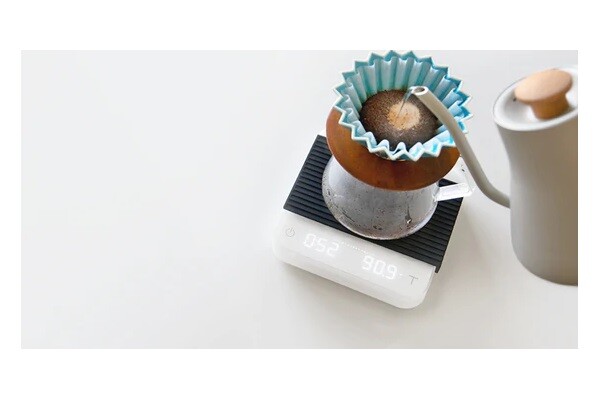
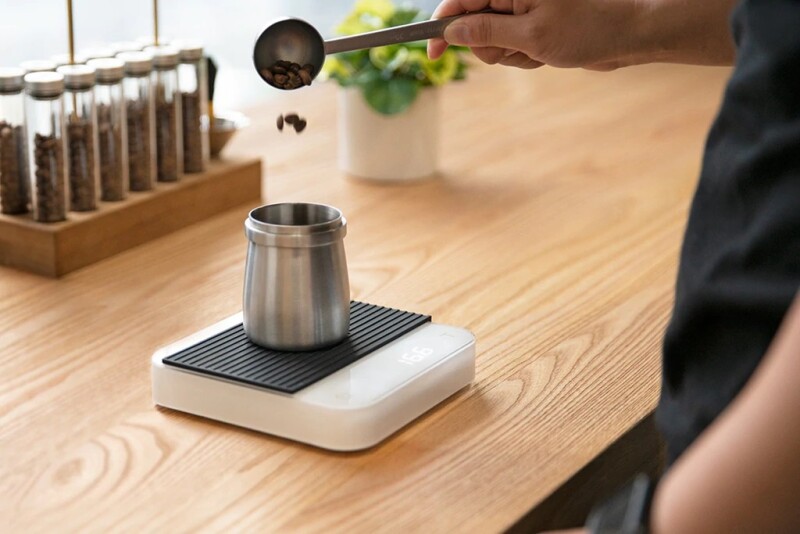
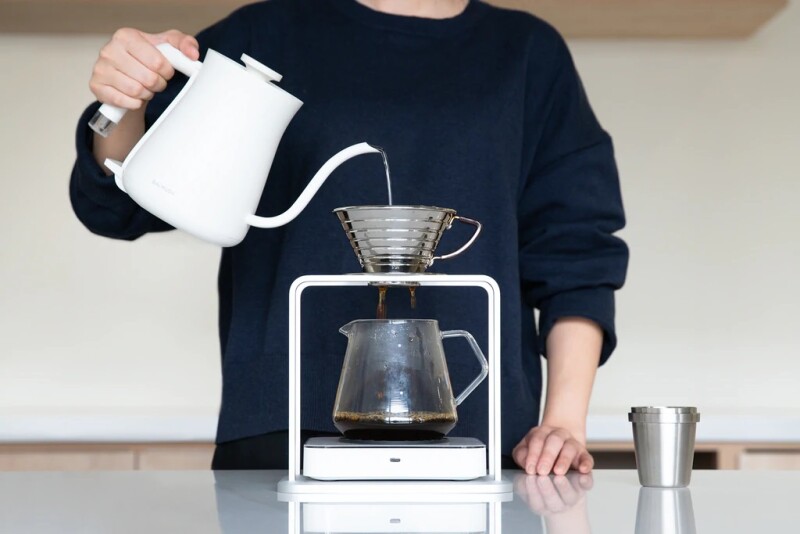








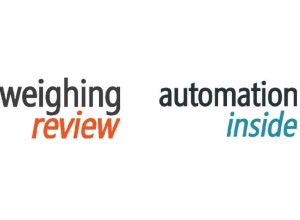

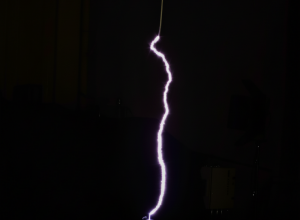
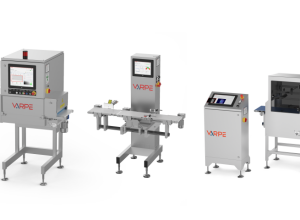
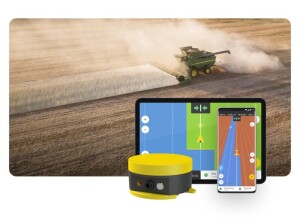






Interested? Submit your enquiry using the form below:
Only available for registered users. Sign In to your account or register here.